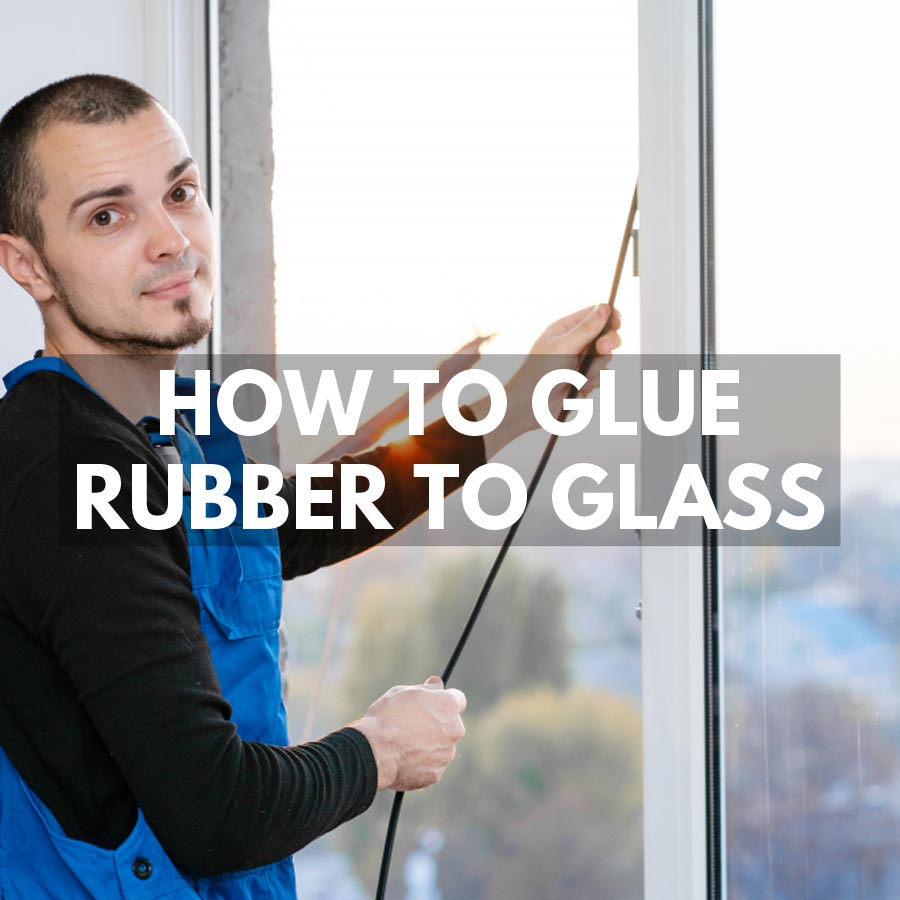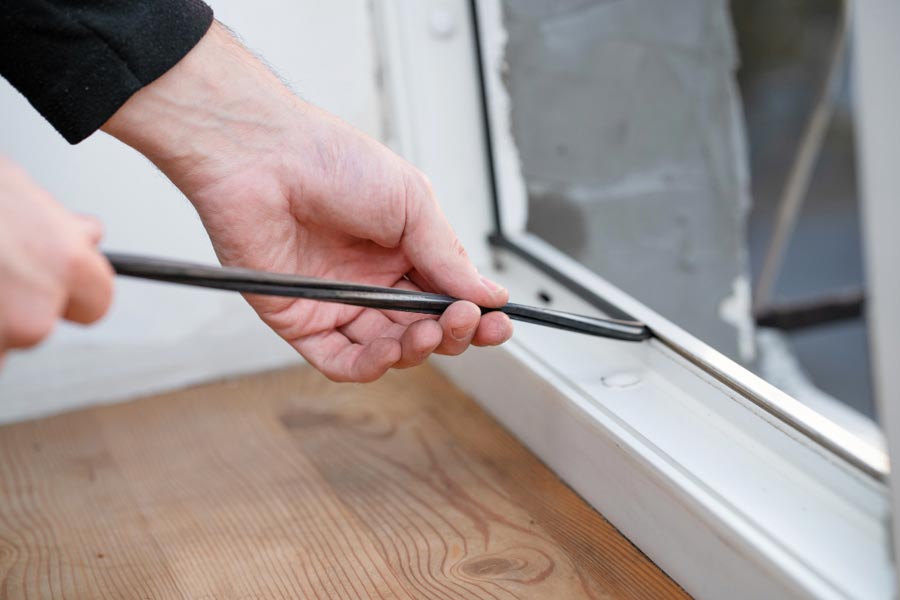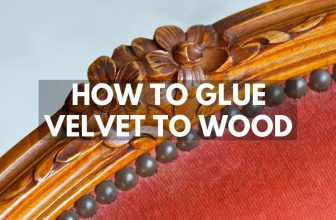
How to Glue Rubber to Glass
In this guide on how to glue rubber to glass, we found out the best way to fix rubber seals to glass as well as other rubber items to glass surfaces. Follow our step-by-step guide if you are doing some DIY yourself.
Gluing rubber to glass is achieved with polyurethane adhesive, super glue, and silicone caulking. Each of these adhesives will have different curing times that will appeal to select adhesive projects.
Since each adhesive will be used to attach the rubber to glass, some of these glues are better for long-term usage and durability. The need for special clamping will be evident if rubber pieces need to be bent or curved onto glass parts before gluing.
The curing time can also be sped-up in special temperatures depending on the type of glue that’s used. With all of this information given for each, this can help determine the best glue for the type of project that it’s chosen for.
What Glue Can You Use for Rubber to Glass?
Knowing how to glue glass and rubber together requires a little understanding of the material’s properties. Glass is glossy with little to no grip on to and rubber is flexible and stretchy. Still, there are plenty of adhesives that work on both solid and rubber surfaces, and here are our top 3:
Super Glue
The fastest adhesive for securing rubber pieces to glass surfaces is from using super glue. Two types of super glue can be appealing for hobbyists and makers. The first kind of super glue is a liquid that is applied in small amounts. There is also a gel version of super glue which is better for applying to vertical surfaces. This type of glue will bond in seconds and is perfect for fast adhesion purposes.
There is very little preparation needed to bond rubber to glass unless these bonded pieces are intended for long-term adhesion.
Polyurethane Adhesive
Two suitable polyurethane adhesives include E-6000 and Gorilla Glue Original is perfect for gluing rubber to glass. This adhesive does require some temporary clamping and pressure for rubber pieces that do not fit the shape of glass surfaces. There are also some special preparations for glass surfaces that will increase adhesion for longer periods. This adhesive is commonly found at many hobby stores and hardware outlets.
Silicone Rubber Glue
The advantage of using silicone to attack rubber to glass is an excellent option for long-term adhesion. It will be an advantage to use silicone adhesive which has additional bonding abilities. Since brands will range from store to store, the most common brands include GE 100% silicone caulking or silicone adhesive like aquarium silicone. Silicone does have a slower curing rate than other adhesives, so there is some need for temporary clamping.

How to Prepare Rubber to Glass Before Gluing
Rubber is naturally porous for most aggressive glue and works best with no preparation. It should be cleaned off with a small amount of acetone to clean off any surface oils. Glass doesn’t specifically need sanding but should be clean and free from surface oil. Light sanding of glass using 800-grit sandpaper will help to give the surface better tactical adhesion. This area must be marked off so the rest of the glass surface isn’t scratched up.
How to Apply Glue for Rubber to Glass
Not all glass surfaces are going to be flat, so bottles or jars will have curved surfaces. This means that rubber pieces will need to be bent until they fit flat to the glass surface. This requires temporary bonding using masking tape or plastic sandwich wrap to hold rubber pieces onto a glass surface until its cured. Super glue is applied onto the rubber piece and applied to the glass until it sticks.
Silicone caulking needs to be spread onto the glass and rubber in a thin layer and applied. This is done by using a small stick, spatula, or finger covered with a rubber glove. Using gorilla glue, the glue is added onto the glass with the rubber piece sprayed with water mist to activate the glue faster.
How to Cure Rubber to Glass Glue
Silicone and polyurethane will have a post-cure that takes at least one day or 24 hours to totally reach peak adhesion. Super Glue takes seconds to stick and just a few hours to completely dry in between uncured spots. A post-curing room that has a constant temperature that is over 75 degrees Fahrenheit is best for silicone and polyurethane adhesive.
Which Is the Best Glue to Use?
The fastest glue in terms of speed is super glue and also allows a choice using a gel version for better control and less dripping. Super glue is also the cheapest choice in this category and can be dissolved if there is a mistake during the gluing process. Silicone caulking is good but takes time and is good for casual time requirements. Polyurethane glue is a good midway choice for fast and strong adhesion but can be pricy depending on the brand name.










